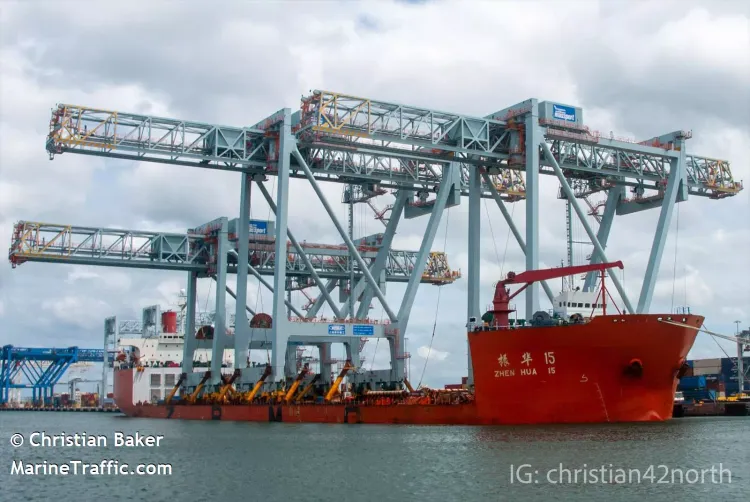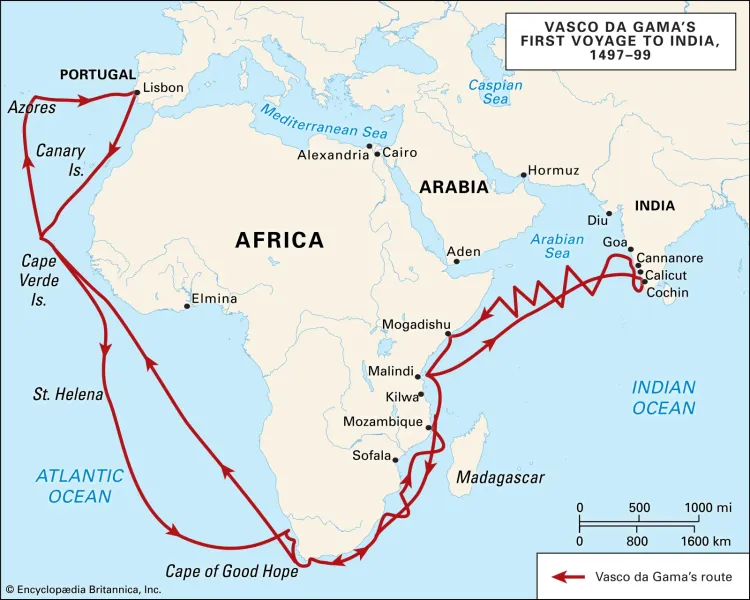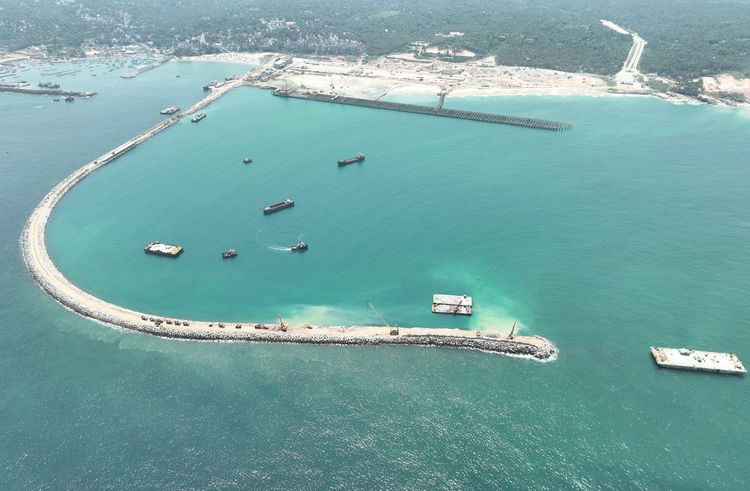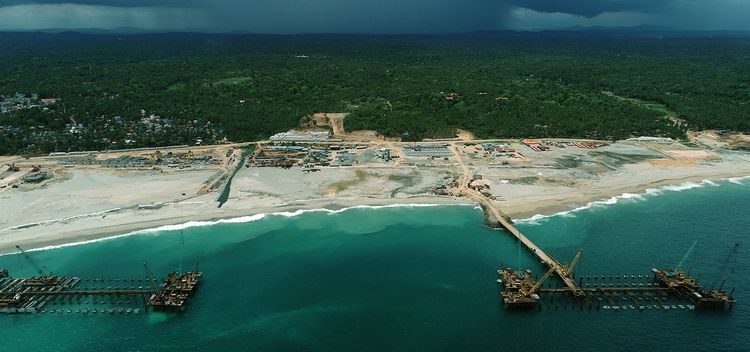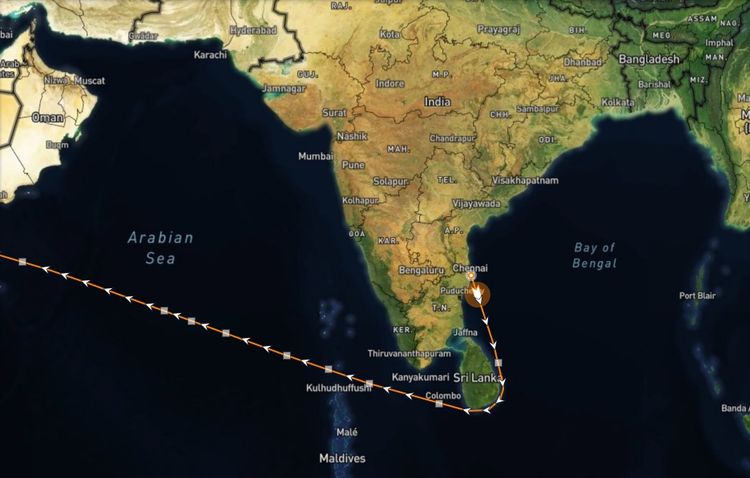In the grand history of human life and development, certain pivotal moments have left an indelible mark. From daring explorations to epic migrations, from the birth of new ages to the ravages of wars, these turning points have shaped the trajectory of human progress. Among the myriad factors that have inspired and propelled humanity forward, one element stands out as a beacon of significance: fire. It is a symbol of transformation, renewal, and the unyielding spirit of human endeavour. Remarkably, this essence found its cinematic embodiment in the timeless Bollywood classic, "Sholay", which not only captured the hearts of millions of Indians but also etched the ardour and beauty of fire into their collective consciousness. Among the compelling characters in "Sholay," the coal train holds prominence akin to the heroes, evoking thunderous applause and excitement from the audience as it destroys the villains. However, intriguingly, recent revelations paint a different picture, coal itself turned into an unexpected antagonist, embodying a tale of transformation.
The rise of coal as the villain in the fight against climate change has brought forth alarming consequences, threatening the very existence of humanity. With each kilogram of coal burned, a staggering 2.42 kilograms of carbon dioxide is released into the atmosphere, exacerbating the global carbon footprint. The sheer scale of carbon emissions in 2022 reached an astonishing 800 million tons, with China and the United States leading the way, emitting 7.7 and 16.1 tonnes respectively. India, with an annual per capita carbon figure of 1.7 tonnes, faces its own challenges in curbing emissions. Not to be overlooked, petroleum products are also culprits in the carbon crisis, emitting more than twice the carbon released by burning coal.
The Earth's escalating temperatures, caused by coal and fossil fuels, have triggered a global sense of urgency. Climate change has led to severe consequences, with extreme weather events becoming more frequent and destructive. The situation calls for immediate collective action from individuals, businesses, and governments to address this pressing global crisis. The stakes are high, as any delay could leave us with no time for remorse. As anxiety grows, so does the dedication to find solutions. One of them was published on 25th July 2023 by Annika Seiler, Hannah Brown and Samuel Matthews.
The Just Energy Transition Partnerships (JEPTs), a groundbreaking initiative introduced at the 2021 UN Climate Change Conference by the G7 nations offer a novel, plurilateral, and long-term approach to support climate actions in carbon-intensive developing countries at risk of being locked into a high-carbon future due to barriers limiting progress towards low-carbon goals.
Pioneering this initiative, the G7 has chosen South Africa and Indonesia as trial countries for the JEPTs. South Africa has embarked on a transformative project, backed by an impressive investment of USD 8.5 billion, aimed at transitioning away from traditional energy production methods. Similarly, Indonesia, fuelled by a substantial investment of USD 20 billion, is charting its course towards a greener future. These bold strides signal a collective commitment towards sustainable development and a cleaner, greener planet.
Amidst the global efforts to combat carbon emissions, another beacon of hope emerges from the far East, specifically South Korea. As the world grapples with the staggering carbon footprint of the marine sector, ships alone contribute 3% of global carbon emissions, sailing closely behind the aeroplanes. However, there are signs of progress on the horizon. Boeing, a prominent name in the aviation industry, recently unveiled promising news, offering comfort to the aviation sector.
Meanwhile, the renowned shipping company, Maersk, has gone beyond mere promises and taken decisive action. With the inspiring slogan "All the way to Zero" emblazoned on its metaphorical forehead, Laura Maersk has set sail from the Ulsan port in Korea, embarking on a historic voyage bound for Copenhagen, Denmark. What sets this journey apart is that the Laura Maersk is the first-ever container ship to be powered by a revolutionary new fuel called methanol. As this relatively small vessel, with a capacity of 2,100 containers, charts its course across a staggering 21,500 km, it brings much-needed comfort and hope to mankind.
The significance of this milestone lies in its groundbreaking demonstration that the world is indeed transitioning towards cleaner, less harmful fuels, moving away from carbon-based oil. The phrase "All the way to Zero" resonates as a testament of Maersk's commitment to achieving zero carbon emissions. While twenty-five different ships are already conducting test runs in various locations, the Laura Maersk stands out as an authentic learning experience, representing a pivotal step towards a more sustainable future for the shipping industry.
By showcasing the potential of methanol as a viable alternative to traditional fuels, Laura Maersk's journey serves as an encouraging model for the entire maritime sector. This ambitious and pioneering endeavour provides a glimpse of what's possible when innovative solutions are embraced to tackle climate change. As it makes its triumphant arrival in Copenhagen, the Laura Maersk symbolises not just the power of technological advancements but also the collective determination of industries to forge a path towards a greener, carbon-neutral world.
At the same time in India, the Indian Institute of Science, Bangalore, and Ashok Leyland revealed the resounding success of their methanol experiment. The project's highlight was the seamless adaptation of Ashok Leyland's multi-cylinder engine, enabling it to run on 100% methanol. This clean-burning fuel serves as a promising alternative to gasoline in the automotive industry, presenting a significant step towards sustainable transportation.
Professor RV Ravi Krishna, the mastermind behind the successful experiment conducted in July, shed light on the intricacies that led to this milestone achievement. With these pioneering efforts, India has now secured the second position globally in the realm of methanol fuel. A testament to the spirit of innovation and dedication, the minor modifications made to the Leyland vehicle paved the way for this remarkable feat. Prior to this breakthrough, only China held a firm foot in this domain.
For a nation like India, which imports fuel worth approximately INR 13 lakh crore(USD 157 billion) annually, the potential of methanol fuel offers not only environmental benefits but also economic opportunities. With the triumphant success of this trial, India might even find itself in a position to export methanol fuel, contributing to its byproduct story. This highlights the transformative potential of pursuing cleaner energy alternatives, which can not only drive domestic progress but also make a positive impact on the global stage.
India's status as a potential hub for methanol production stems from its abundant reserves of raw materials that can be harnessed to fuel this clean-burning alternative. Remarkably, agricultural waste, municipal solid waste, residual cooking oil, and even sugar by-product molasses can be utilised in the production of methanol. With around 3,000 waste mountains and a colossal 1.3 billion tons of legacy waste, the country emits methane that contributes to about 15% of its total methane emissions. The exciting prospect lies in the potential of methanol production to curtail the natural production of dangerous methane gas, offering a twofold benefit to the environment.
A compelling argument in favour of methanol fuel arises from the fact that it emits the least amount of carbon among all the available alternatives, showcasing a staggering 95% reduction in carbon emissions compared to conventional fuels used today. Additionally, methanol eliminates sulphur oxide emissions, addressing yet another environmental concern. Moreover, the potential for further advancements and improvements is vast, ranging from reducing the risk of accidents like fires, eliminating freezing issues, to even reducing the cost of manufacturing vehicles that run on methanol.
The studies conducted by NITI Aayog on this subject have yielded promising results, further solidifying the viability of methanol as a game-changing fuel source. Beyond its environmental benefits, the adoption of methanol holds significant economic promise, potentially creating 5 million jobs in the country. Moreover, vehicles covering 150 thousand kilometres per year can expect a remarkable INR 450 thousand reduction in fuel costs, offering substantial relief to consumers. This, in turn, may result in a corresponding reduction in cooking gas prices, further impacting the cost of living positively.
Despite these encouraging prospects, one notable paradox remains - India currently imports 99% of its methanol requirement. However, the initiation of experiments and trials is an encouraging step in the right direction, considering that by 2030, India alone is projected to require a staggering 4 million tonnes of methanol. This foreseeable demand underscores the urgency of transitioning to this revolutionary fuel source, treating it as an indispensable commodity that cannot be ignored or overlooked.
As we look back on history, nearly a century has passed since a significant trend emerged on the surface of the Earth - the shift from coal steamers to ships running on diesel fuel. This transformation was marked by the launch of Selandia* in 1912, which symbolised a pivotal moment in maritime history. Fast forward to the present, and we witness history seemingly repeating itself with the voyage of the Laura Maersk, as it embarks on a momentous journey to Copenhagen, fuelled by methanol. Interestingly, like its historical predecessor, the 1912 trip from Copenhagen to Bangkok, Laura Maersk's expedition carries immense significance, serving as a testament to the progress achieved in the past century.
Although India had no role in its 1912 journey, the above facts convince us that things could be different this time around. If there is a will, India could very well find itself in a position to export fuel to meet global demands, further solidifying its role in this transformative chapter.
*Russian Vandal and French Petite-Pierre, launched in 1903, were the world's first diesel-powered ships (sources disagree over which of the two, Vandal or Petite-Pierre, was the first). MS Selandia of 1912, was the most advanced ocean-going diesel motor ship of her time.
This article © 2023 by Motherport News is licensed under CC BY 4.0
